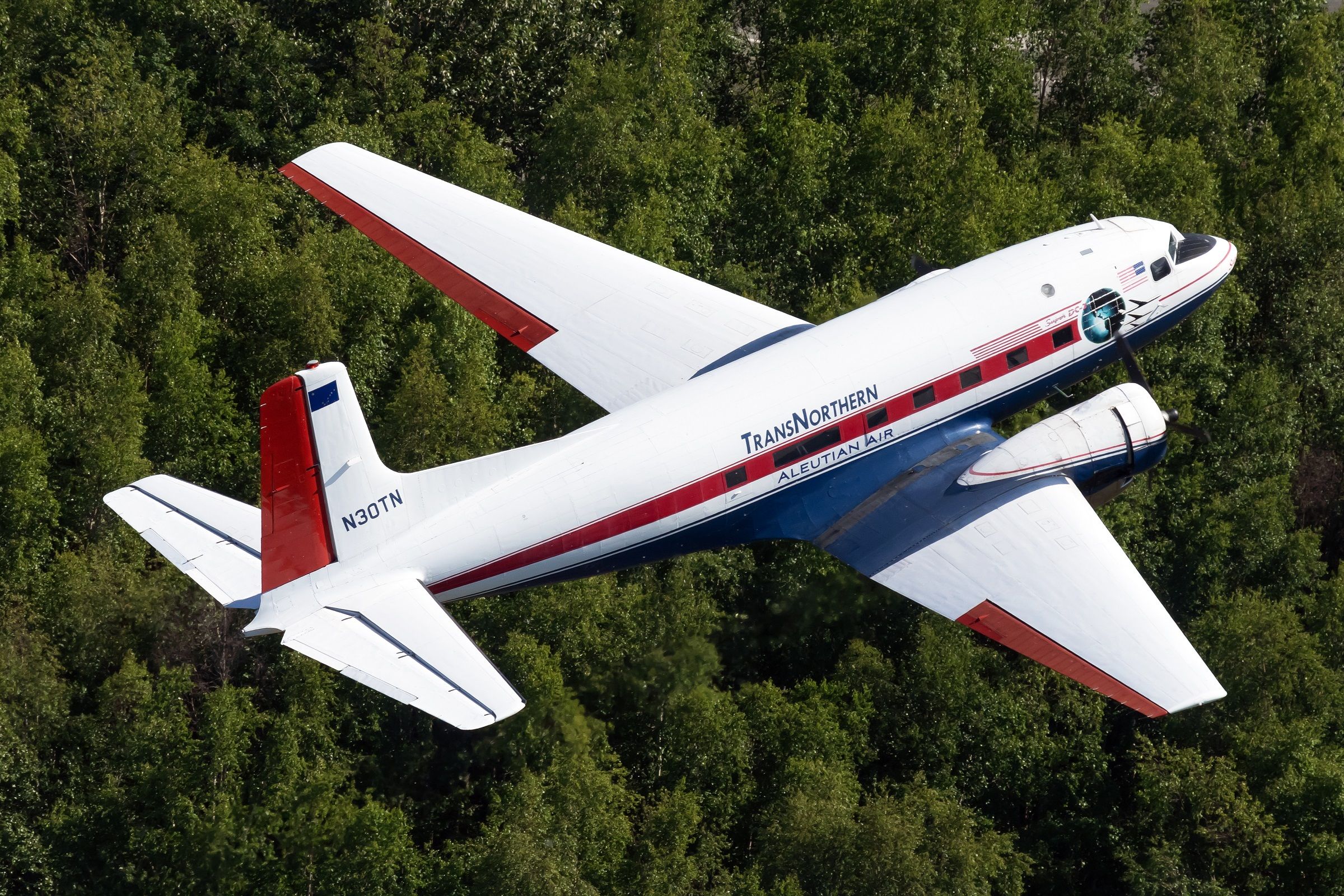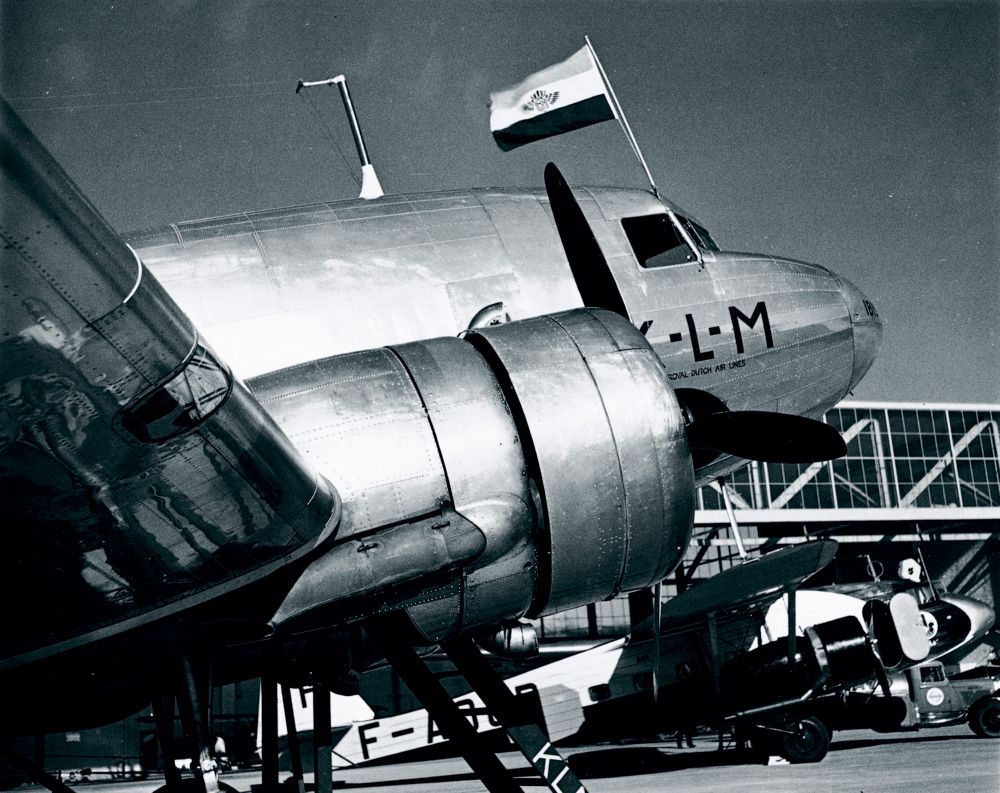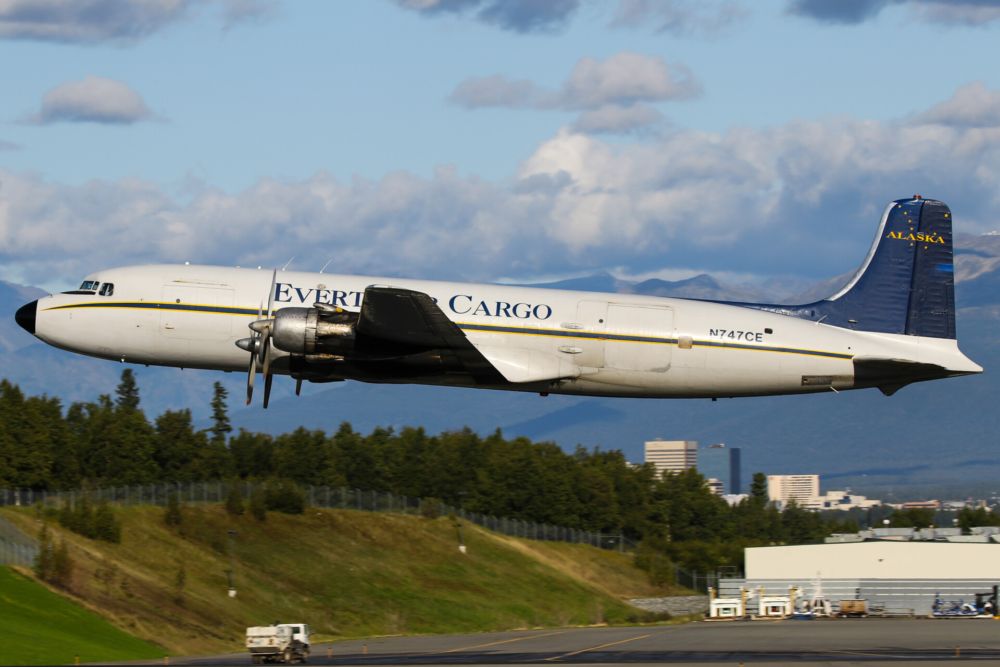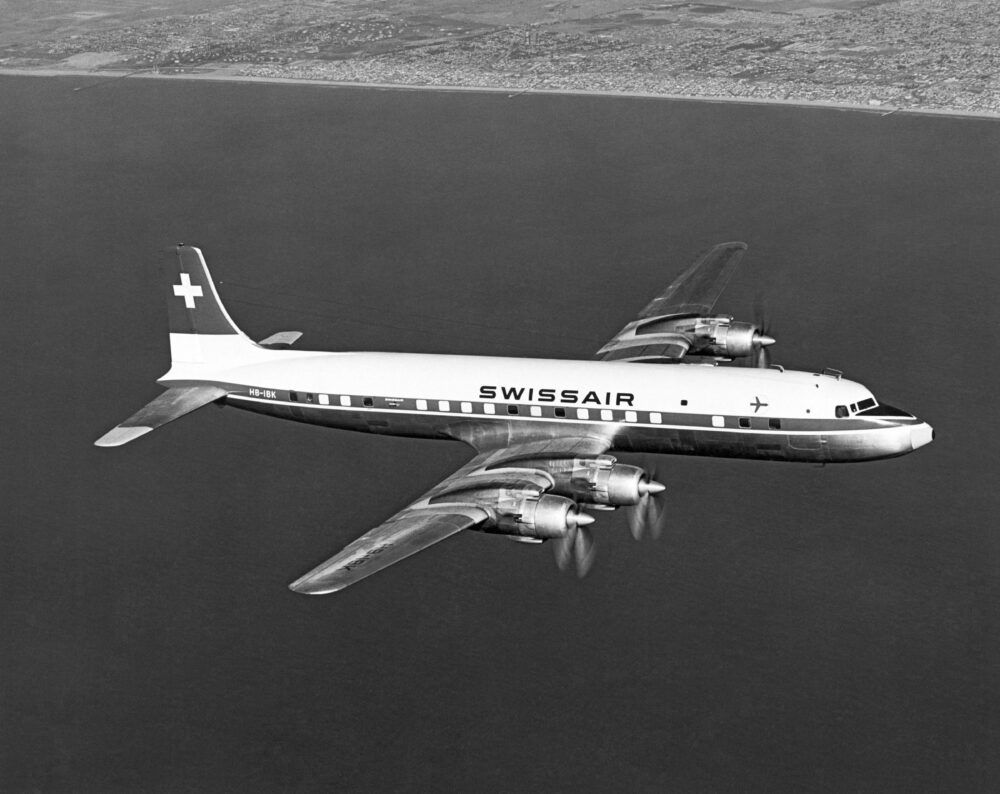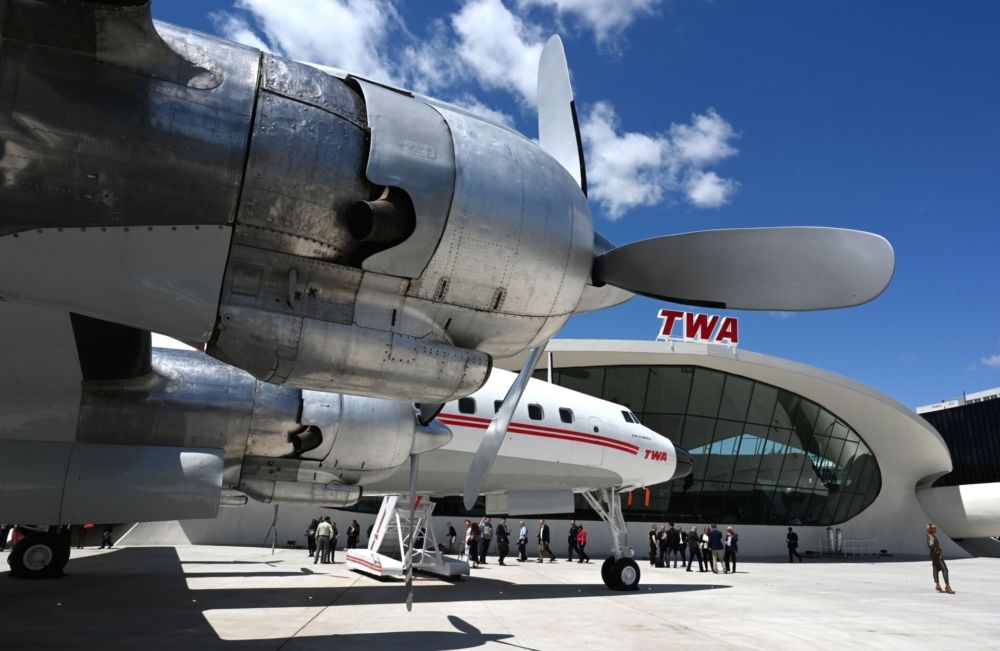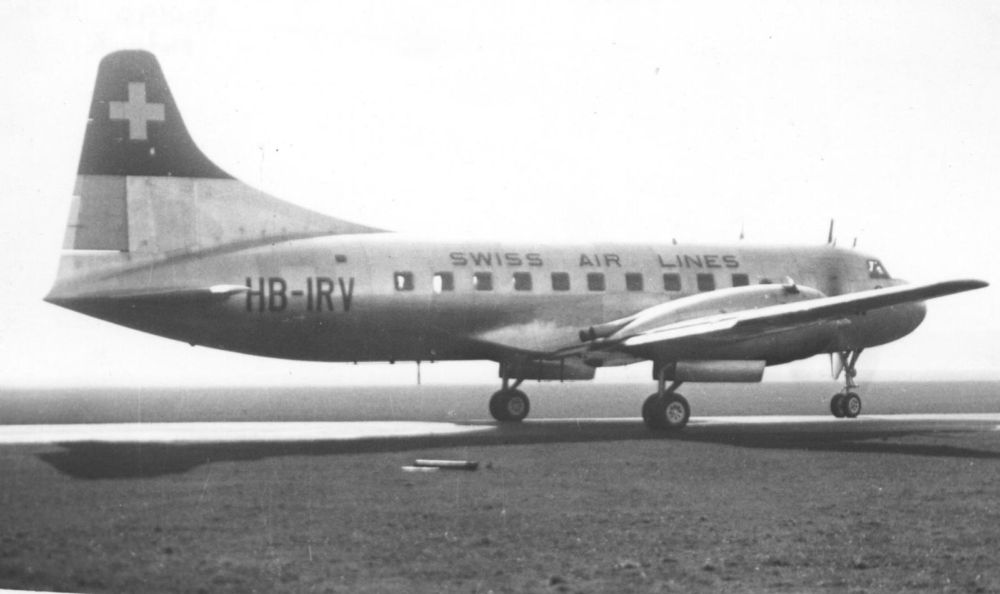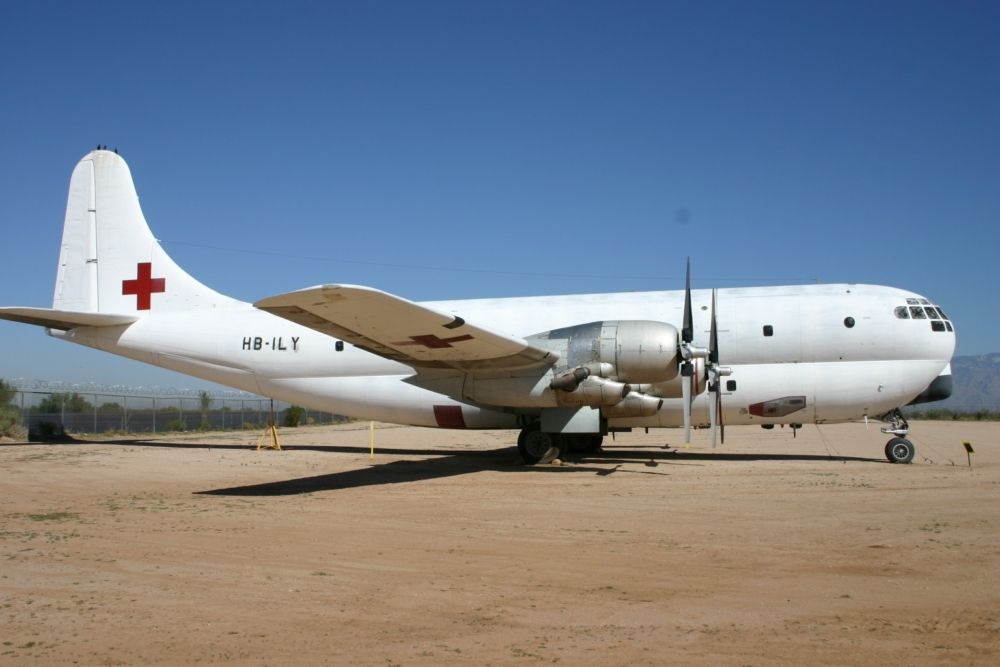Before the turbine-ruled status quo, the skies were populated by piston-powered planes. By no means selling in the numbers of their successors, there were still models that fared better than others. While the DC-3 was the supreme success of the era, other makers and models also played their part in shaping pre-jet age aviation.
The term 'jet age' came about in the 1940s, while there were still no commercial turbine-powered planes. Instead, the first jet aircraft were operated by the military. While British de Havilland's Comet was the first jetliner to take to the skies in 1949, it wasn't until the Boeing 707 took its first flight in December 1957 that the civilian jet age kicked off in earnest.
However, there would be no jet age and no modern aircraft as we know them without their predecessors. From the beginning of commercial scheduled flight in 1914 to when the Comet entered service in 1952 with BOAC, piston-powered propliners flew back and forth across the skies, ferrying goods and people. But which exactly were the primary aircraft of the pre-jet era?
The durable DC-3
The Douglas DC-3 took its first flight in 1935. According to the Smithsonian National Air and Space Museum, it was the first airliner to make money simply by carrying passengers - and without government subsidies. Accommodating 21 to 32 passengers, the plane was powered by two radial piston engines of 1,000–1,200 hp (750–890 kW).
The DC-3 originally flew with nine-cylinder Wright R-1820 Cyclone engines, but was later equipped with 14-cylinder Pratt & Whitney R-1830 Twin Wasps. Douglas Commercial built 607 of the civilian versions of the DC-3, and over 10,000 of the military variants - not surprisingly, as the aircraft came onto the market just before the outbreak of WWII.
The civilian DC-3s were operated by US carriers such as Delta Air Lines, Braniff Airways, Hawaiian Air Lines, Eastern Air Lines, Pan Am, and United. However, it was also prevalent across the globe with, among others, Air France, Cathay Pacific, and Garuda Indonesia. KLM ordered a total of 51 of the aircraft and took delivery of its first in 1936.
Civilian production of the DC-3 ended in 1943. However, there are still a surprising number of specimens of the type still actively flying, although none in scheduled passenger services. Built to last, just a year ago, as many as 172 DC-3s were still flying on a regular basis throughout the globe.
Stay informed: Sign up for our daily and weekly aviation news digests.
The DC-6
Post-war, Douglas Commercial went on to manufacture the DC-6, which by 1949 was in service with United, American, Pan Am, Delta, National, and Braniff in the US. In its domestic variant, the DC-6-1156 seated 53 to 68 passengers.
Meanwhile, there was the DC-6-1159 version, which seated 48 to 64 passengers, and featured increased fuel capacity. Airlines such as SAS and KLM operated the type across the Atlantic. BCPA operated it from Sydney to Vancouver, and Philippine Airlines flew it from Manila to London.
The original version of the aircraft could fly at 311 mph (501 km/h), powered by Pratt & Whitney R-2800 CA15 Double Wasp engines. Douglas built 704 of the type between 1946 and 1958.
The DC-7
After the DC-6 came the planemaker's last and final propliner - the DC-7. The aircraft was only produced between 1953 to 1958. The aircraft, capable of flying at 406 mph (653 km/h), sold in 338 copies and launched with American Airlines. At the time, it was operated by 18 carriers, including Eastern and Pan Am. However, no specimens remain in active flight today.
Douglas switched back to Cyclone engines for the DC-7, but reliability issues affected the type's service record. Sales of the otherwise popular type were cut short with the arrival of the jet-engined DC-8 and the Boeing 707.
The Lockheed Connies
One of Douglas' main competitors on the piston-powered market was Lockheed. During WWII, Lockheed partnered with TWA to develop the L-049 Constellation. The first aircraft of the line took its maiden flight in January 1943. It was the first pressurized cabin passenger aircraft to go into widespread commercial use, allowing carriers to operate at altitudes above bad weather.
The Constellation family of aircraft were mostly powered by four 18-cylinder Wright R-3350 Duplex Cyclones. Lockheed produced a total of 856 of 'Connies,' offering the type in several civilian versions, of which the L-749 was the first Lockheed to make regular non-stop transatlantic crossings.
Meanwhile, the stretched version, the L-1049 Super Constellation, was a response to the Douglas DC-6. The aircraft entered service with Eastern Air Lines in 1951, flying Miami to New York. Meanwhile, KLM introduced the model on its Amsterdam to New York route in 1953. The aircraft could take up to 106 passengers and had a crew of five. Its maximum speed was 330 mph (530 km/h).
While most Super Constellation aircraft were also retired with the arrival of turbine jets, Iberia operated a L-1049 on its Madrid-Santa Maria-Havanna route once per week until 1966. There is still one airworthy specimen of the Super Constellation, belonging to the Historical Aircraft Restoration Society (HARS) and located at Avalon Airport in Victoria, Australia.
The L-188 Electra
The 'Super Connie' was not the last major propliner built by Lockheed, however. In 1959, the Lockheed L-188 Electra took its first flight. It had a capacity of 98 passengers and was operated by Eastern, American, and National Airlines, among others.
However, Lockheed only sold 170 of the model, with sales coming to a halt due to two fatal crashes. A few specimens remain in service with Canadian Buffalo Airways and fire fighting specialist Air Spray.
The Convair CV-240 family
Military aircraft specialist Convair also had its share of the propliner market. Its CV-240 family flew with operators ranging from Air Maldives and Pakistan International Airlines to Lufthansa, SAS, Continental Airways, Nolinor, and United. However, the type first entered service with American Airlines, which had initially commissioned the model as a replacement for its DC-3s, in 1948.
The CV-240 was followed by the stretched and more powerful CV-340. Then came the CV-440 Metropolitan. In total, Convair sold 1,181 of its family of propliners before it went out of production in 1954. The first model, the CV-240, could carry 40 passengers and had a maximum speed of 315 mph (507 km/h).
The Boeing 247 and the 377 Stratocruiser
Boeing was one of the first on the field with its Boeing 247, which took its first flight in 1933. The manufacturer produced 75 of the pioneering aircraft. Meanwhile, Boeing's two-decked pressurized long-range propliner, the 377 Stratocruiser, fared less well, selling only in 56 copies.
The aircraft entered service with Pan Am in 1949 after the airline had placed an order for 20 of the type. Up until then, it was the largest civilian aircraft order in history, worth $24.5 million.
The Stratocruiser was powered by four 28-cylinder Pratt & Whitney R-4360 Wasp Majors. However, the poor reliability of the engines also contributed to the poor sales performance of the aircraft.

